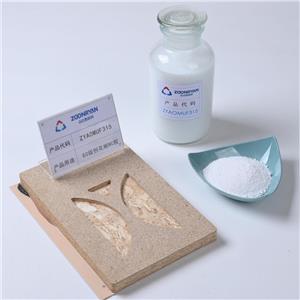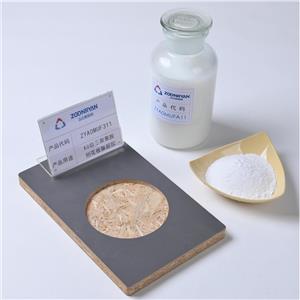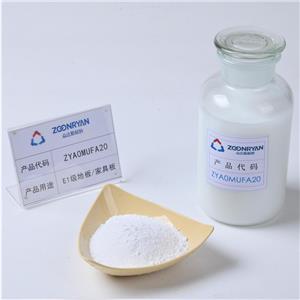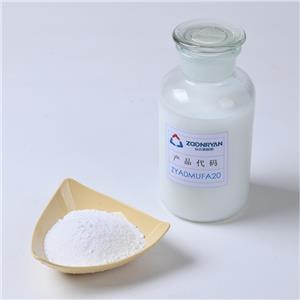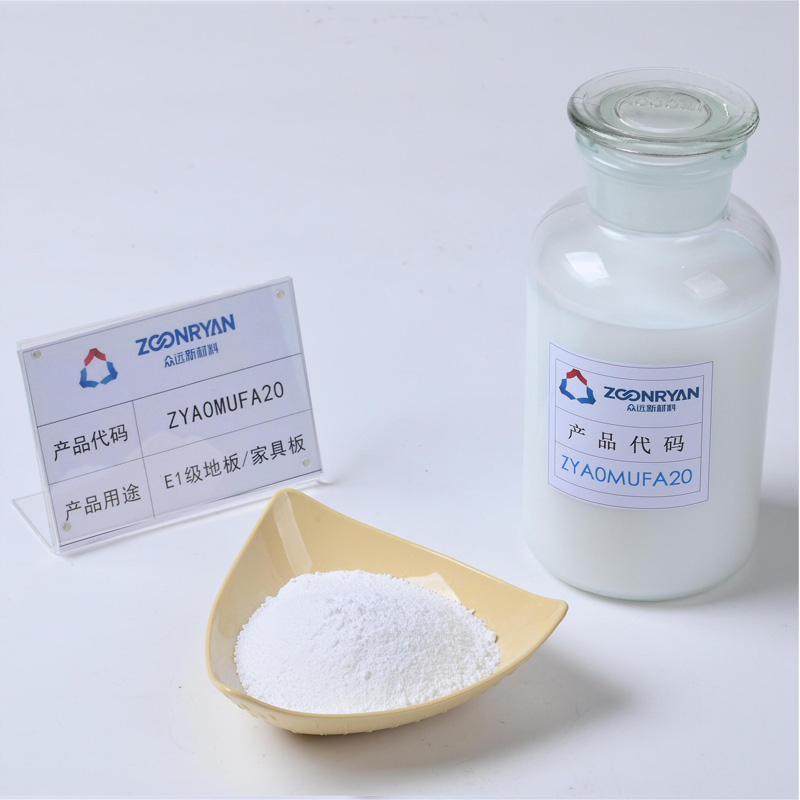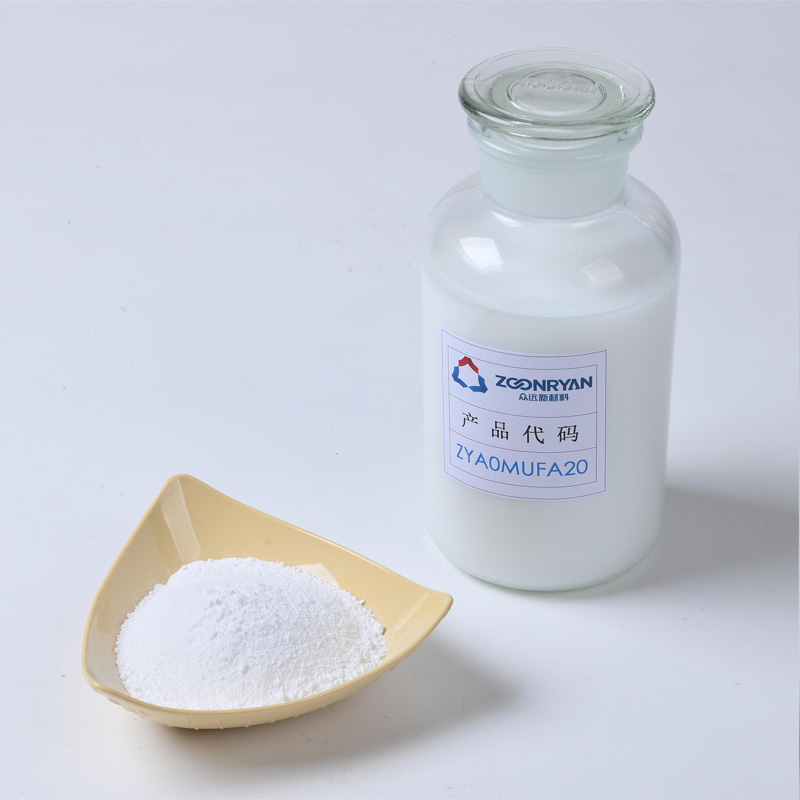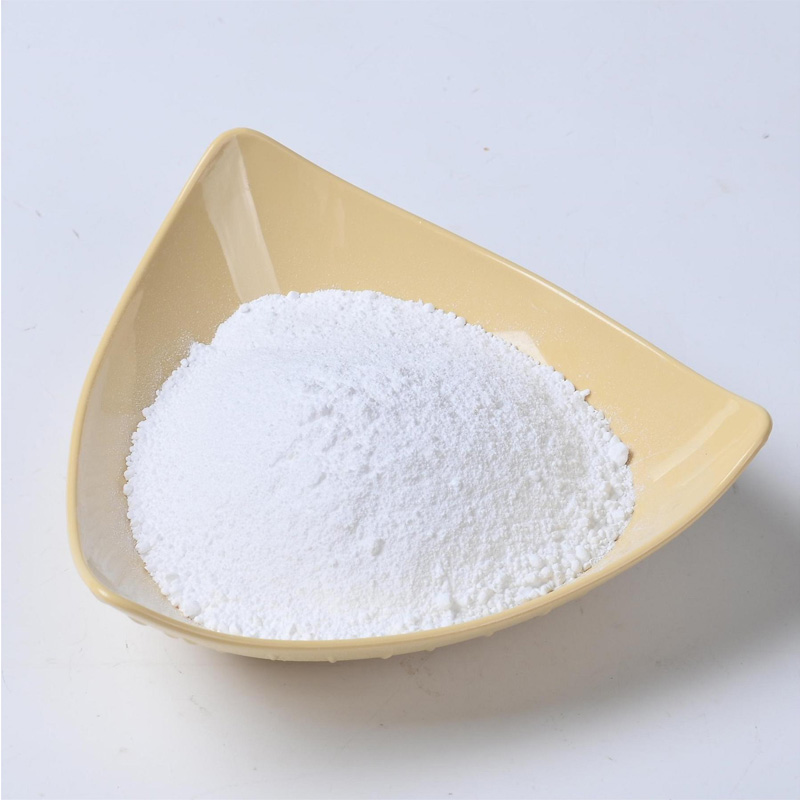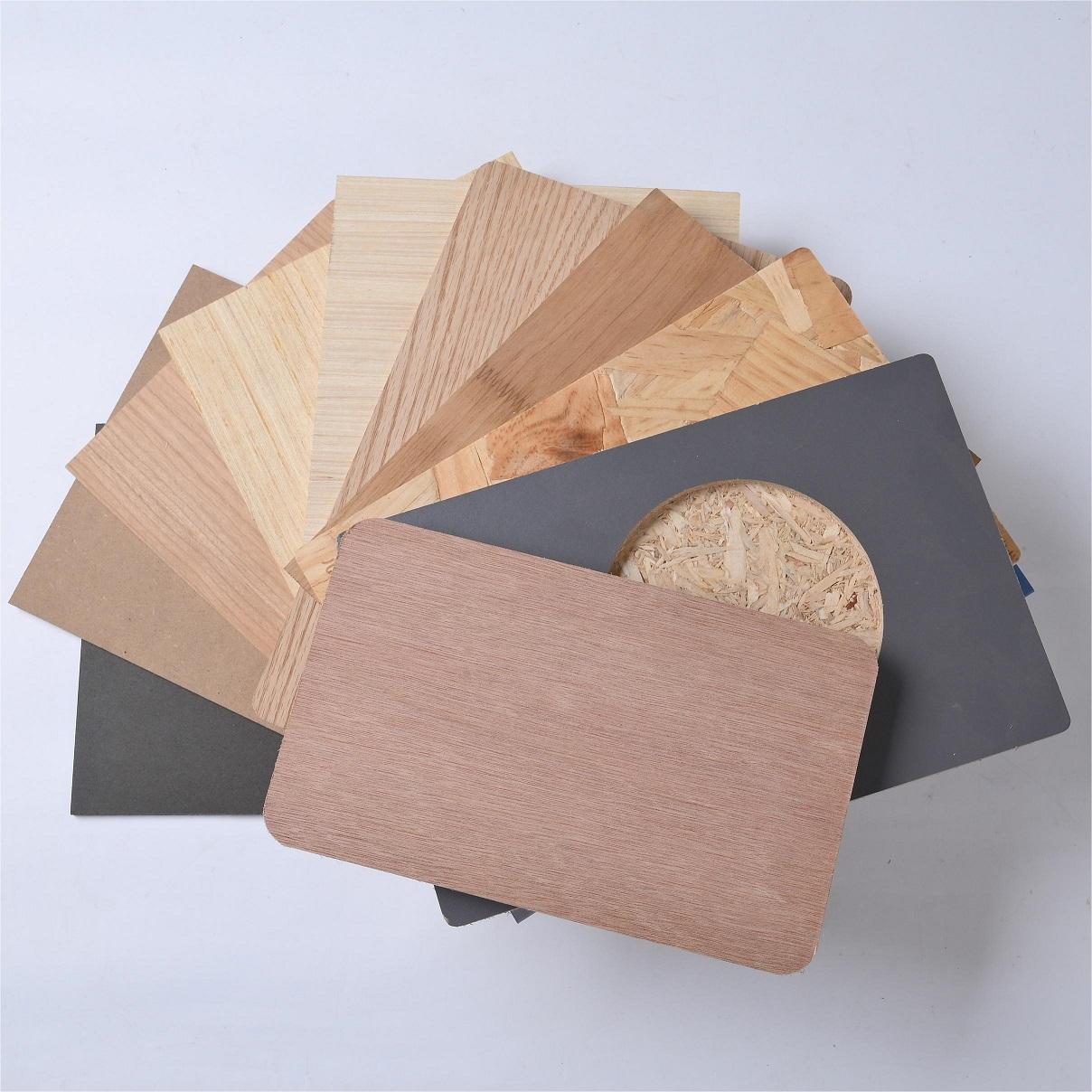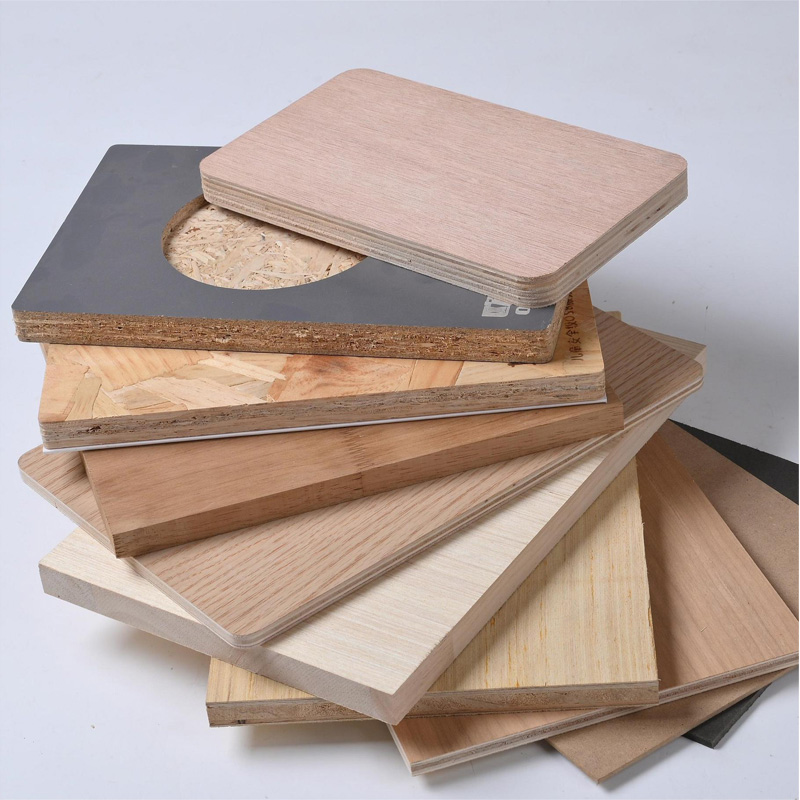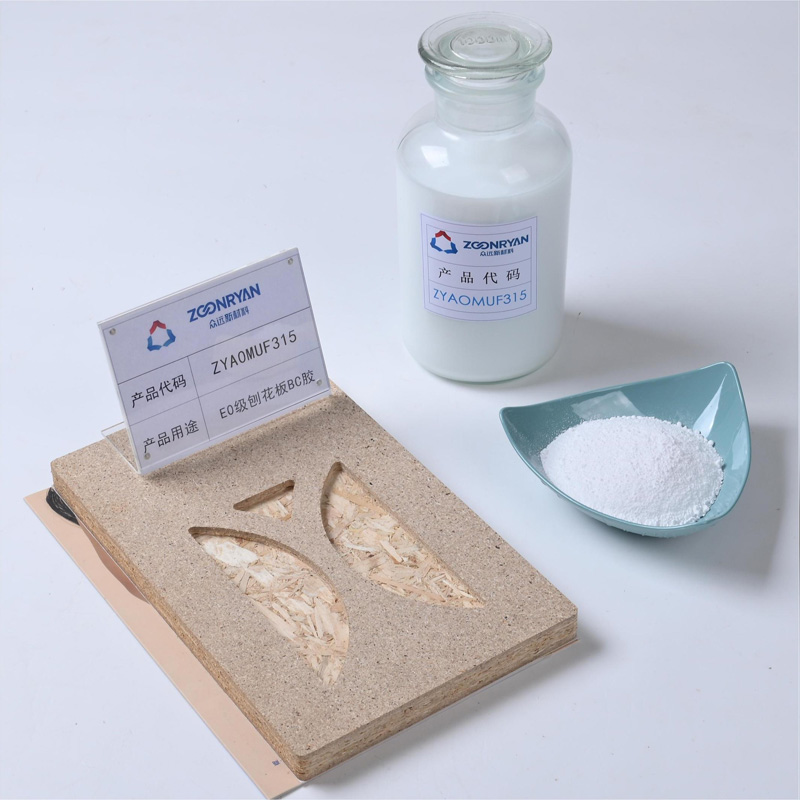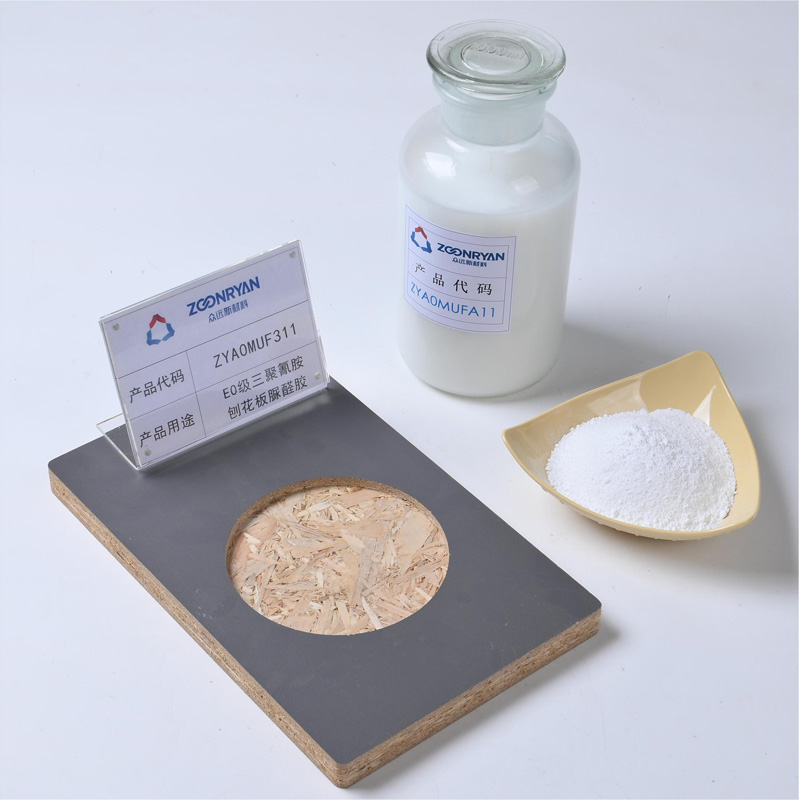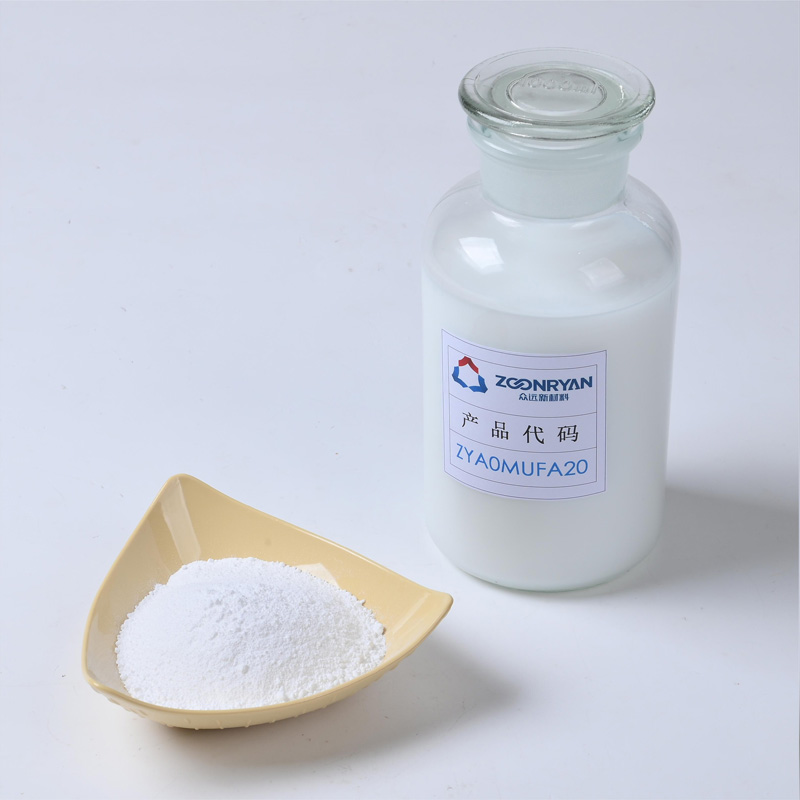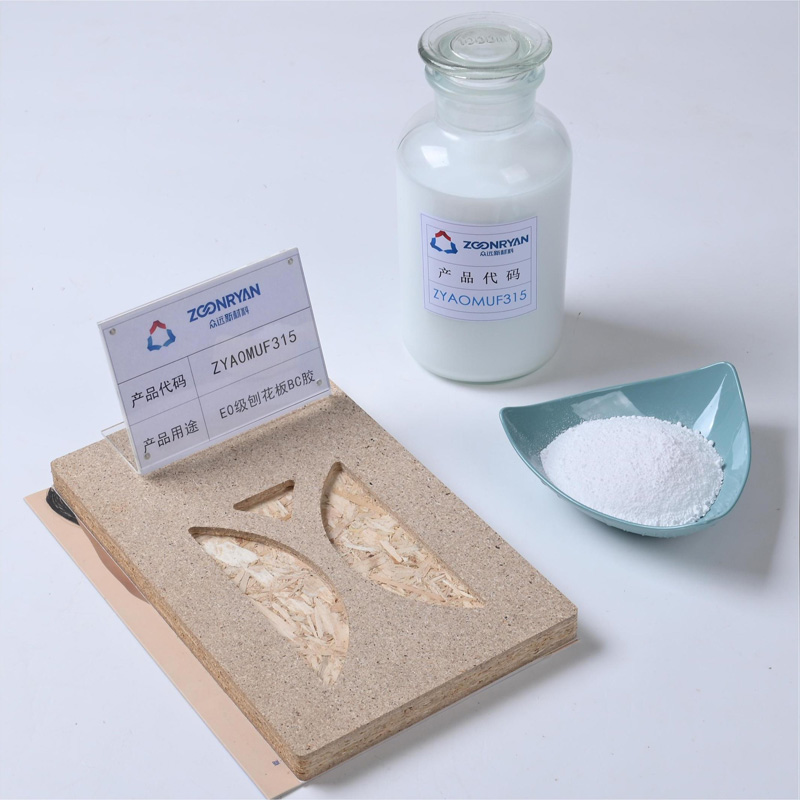
Melamine Formaldehyde Resin For Producing Plywood
Our Melamine Formaldehyde Resin, due to its excellent water and heat resistance, is commonly used for kitchen utensils, tableware, laminates, flooring, and other applications where high durability is required.
Which resin would be a better choise for producing plywood?
MF glue, also known as melamine formaldehyde glue, is a type of adhesive that is used in the production of multilayer boards. It is a thermosetting resin that is made from melamine and formaldehyde. MF glue is known for its high bonding strength, durability, and resistance to heat, moisture, and chemicals.
1. Materials and Composition:
- Urea-formaldehyde resin is made by polymerizing urea and formaldehyde.
- Melamine resin is formed by polymerizing melamine and formaldehyde.
2. Heat and Water Resistance:
- Urea-formaldehyde resin has poor heat and water resistance and can degrade when exposed to moist or high-temperature environments for extended periods.
- Melamine resin has better heat and water resistance, suitable for high temperature and humid environments.
3. Chemical and Wear Resistance:
- Melamine resin usually has superior chemical and wear resistance compared to urea-formaldehyde resin.
4. Formaldehyde Emission:
- Urea-formaldehyde resin may emit more formaldehyde during the curing process, which can be a consideration in terms of environmental and health impacts.
- Melamine resin generally has lower formaldehyde emissions.
5. Applications:
- Urea-formaldehyde resin is mainly used in indoor furniture and woodworking, especially in less humid environments.
- Melamine resin, due to its excellent water and heat resistance, is commonly used for kitchen utensils, tableware, laminates, flooring, and other applications where high durability is required.
6. Cost:
- Urea-formaldehyde resin is usually more cost-effective, making it preferred in cost-sensitive applications.
- Melamine resin, with its enhanced performance characteristics, is relatively more expensive.
7. Environmental and Health Impacts:
- Urea-formaldehyde resin, due to its potential to release more formaldehyde, requires more consideration in terms of indoor air quality and environmental impact.
- Melamine resin, with its typically lower formaldehyde emissions, is more favored in applications where indoor air quality is a concern.
These are the main differences between urea-formaldehyde resin and melamine resin. The choice of each resin depends on the specific requirements and budget of the application.
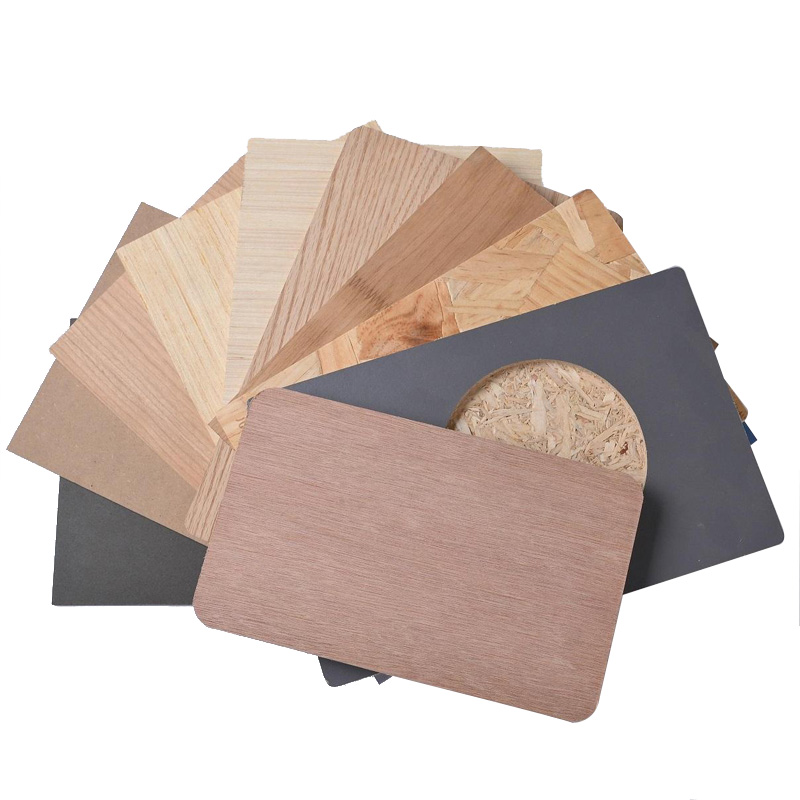
MF glue, also known as melamine formaldehyde glue, is commonly used in the production of multilayer boards. It is a type of adhesive that provides excellent bonding strength and moisture resistance.
In the production process, MF glue is typically applied to the surfaces of the wood veneers or layers that make up the multilayer board. The adhesive is spread evenly onto the surface using a roller or a glue spreader machine. The amount of glue applied is carefully controlled to ensure proper bonding without excessive squeeze-out.
Once the glue is applied, the wood veneers or layers are stacked together, with the adhesive acting as a bonding agent between each layer. Pressure is then applied to the stack to ensure even distribution of the glue and to promote strong adhesion.
After the glue has cured, the multilayer board undergoes further processing, such as trimming and sanding, to achieve the desired dimensions and smoothness. The use of MF glue in the production of multilayer boards helps to create a strong and durable final product that is resistant to moisture and warping.
It is worth noting that while MF glue is commonly used, there are also other types of adhesives available for multilayer board production, such as phenol formaldehyde (PF) glue and urea formaldehyde (UF) glue. The choice of adhesive depends on factors such as the intended application, desired properties, and manufacturing process.

